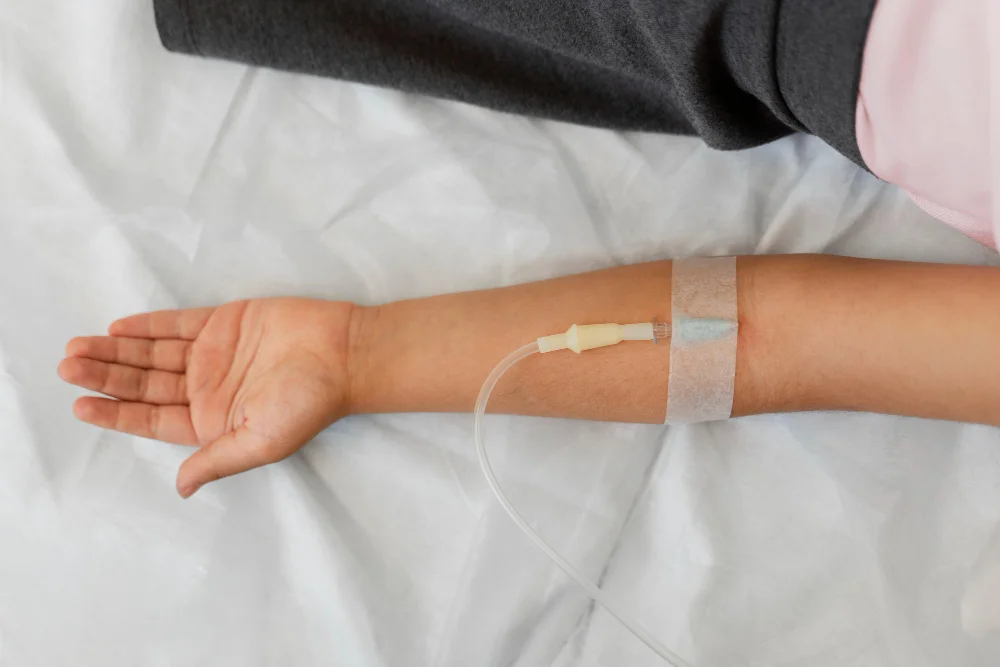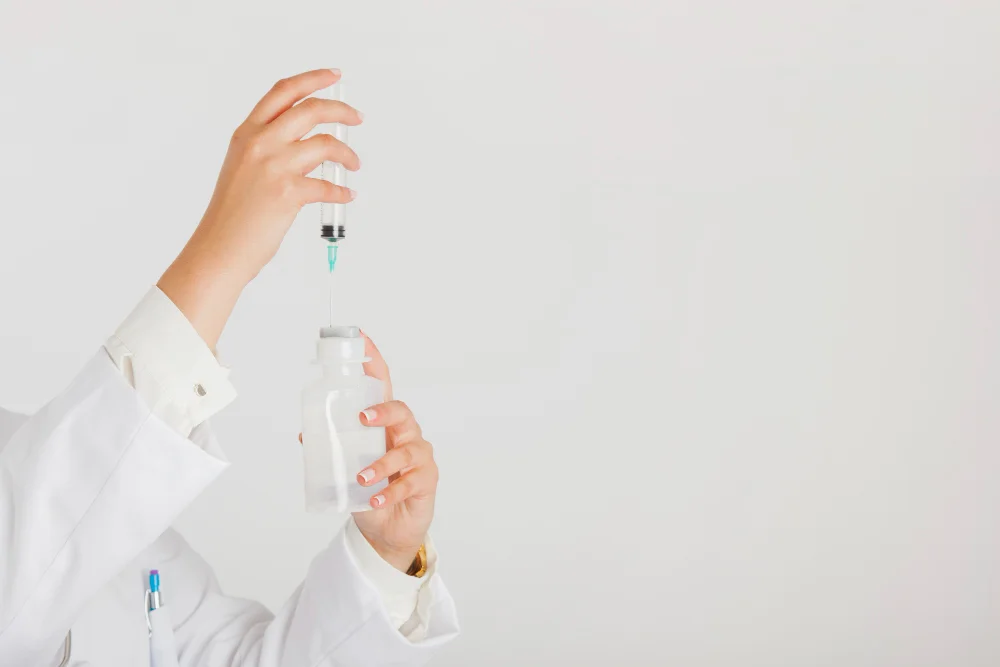Announcement
The purpose of this article is to provide a thorough exploration of cupping therapy as a potential treatment for acne, examining its methods, benefits, scientific backing, and user experiences to help readers make informed decisions about incorporating it into their skincare routines.
Introduction
Cupping therapy is an alternative form of medicine that comes mainly from the Middle East and Asia. Historically, this technique relied on suction cups placed on the skin for several minutes in order to achieve different health benefits, such as increasing blood flow to the area. Today the concept of using cupping therapy specifically for acne treatment has become much more prominent. But is cupping good for acne?
Cupping Therapy for Face and Body: How it Works
So, what is cupping therapy for face ailments or cupping therapy in general? Cupping therapy is a therapeutic method that relies on the vacuum suction created between the surface of the skin and the cup. This approach stimulates:
- Immune function
- Metabolic activity
- Blood flow
Cupping is believed to positively affect the skin and the underlying tissue in a specific area by stimulating all of these things.
History of Cupping Therapy
So, how has cupping been used historically?
Cupping therapy was practiced by the ancient Egyptians, who later introduced it to the Greeks. After this, it was well-documented throughout Rome and China. It was said that the prophet Muhammad (PBUH) practices cupping therapy as well. Over the century, it made its way to other areas of the world, including the United States.
In certain traditional Muslim communities, cupping has been incorporated into specific ceremonial practices. In Eastern medicine, cupping has been positively associated with negative and positive energy and harmonization. Ayurvedic medicine incorporates a cupping therapy similar to wet cupping in order to detoxify the blood.
Cupping Therapy Techniques
So, what are the techniques applied for cupping therapy for acne?
Today, cupping takes the form of two techniques:
- Wet cupping
- Dry cupping
Both techniques use specific containers like glass jars or other materials that are placed over a targeted area of the skin after which vacuum suction is generated to draw the skin and the blood to the surface.
Wet cupping is a procedure still prominent throughout the Middle East, China, Korea, and Eastern Europe where suction gets applied after minor incisions or abrasions are made to the skin in order to draw out small quantities of extracellular fluid or blood.
Dry cupping is a procedure prominent throughout the rest of the world where no abrasions or incisions are made but the suction is still applied.
There are different practices for cupping that include:
- The type of technical therapy applied
- The degree of suction used
- The method of suction, such as manual suction, electrical vacuuming, or fire
- Additional therapies like electrical stimulation, water, or herbal procedures
- And cupping therapy is designed to treat specific conditions, like cupping therapy for acne
Mechanism of Action for Cupping Therapy for Acne
Several mechanisms of action have been used to describe the physiological benefits of cupping.
Pain-Gate Theory
The pain gate theory stipulates that increased stimulation with cupping therapy can trigger the activation of your large fiber nerves. This type of stimulation inhibits any pain signals sent to your brain with the vibrational sensations and pressure caused by the cupping. This contributes to better pain relief.
DNIC Theory
DNIC theory stipulates that cupping therapy can treat pain syndromes by suppressing or overshadowing the pain that individuals are sensing in different areas of the body. This is achieved through conditioned pain modulation.
Reflex Zone Theory
The reflex zone theory states that constricting certain nerves through the process of cupping causes changes in connective tissues, muscles, organs, and nerves which can bring better balance to the body.
NO Theory
The nitric oxide theory suggests that cupping therapy can increase nitric oxide production, which is responsible for controlling blood flow and vasodilation. This means it encourages healthy blood circulation, which can stimulate the removal of unwanted toxins that contribute to things like acne.
Immune Activation Theory
The immune activation theory is a theory that says cupping therapy encourages the production of autoimmune modulators which are responsible for regulating biochemical systems and reducing inflammation particularly in things like acne. This can have long-term support that improves antioxidants and neuroendocrine system function.
Blood Detoxification Theory
The blood detoxification theory, when applied to wet cupping practices, has found that the mechanism of action related to the success is the drawing out of various substances from the blood.
Methods used for facial cupping
So, is cupping good for acne? It can be.
The methods used for facial cupping help to break up any congestion in the tissue closest to the skin while also stimulating lymphatic flow, which gets rid of any waste that has resulted in blockage and subsequent acne.
Cupping therapy for face areas is slightly different, focusing more on gentleness and safety because of the location, but it still utilizes some of these same theories behind the resulting mechanism of action. There are several benefits of cupping therapy on face areas.
Benefits of cupping therapy for acne
There are several benefits associated with cupping therapy for acne.
Enhanced Blood Circulation
Some of the most prominent benefits of cupping therapy on face areas affected by acne center on enhanced blood circulation. Several of the theories proposed to explain the mechanism of action for cupping therapy revolve around improved blood flow. This type of blood flow or circulation change can help remove unwanted toxins and encourage better blood flow to areas that aren't getting enough nutrients and are, therefore, overwhelmed by build-up around the face, leading to acne.
Lymphatic Drainage
Other benefits of cupping therapy on face areas affected by acne have to do with lymphatic drainage. Lymphatic drainage helps with things like hormonal acne in particular by draining or removing toxins, waste products, and hormones from the body. If your lymphatic system gets blocked, it results in a buildup of fluid and subsequent acne.
But cupping therapy changes the direction of the flow of your lymph which moves toxins from your skin back into the body where they can be excreted.
Stimulation of Collagen Production
Collagen production can be limited in people who are struggling with acne, and it's the collagen that keeps the skin tight. Without collagen production, the skin is more susceptible to the indentations and divots that are caused by acne and acne scarring. Cupping can offer a viable way to increase collagen production and overcome the side effects.
Scientific studies
Is cupping good for acne?
- Some studies have found that after a controlled intervention with wet cupping a few times per week over the course of 12 weeks, participants in Iran had more effective outcomes compared to antibiotic therapy.
- Other research has found that wet cupping was able to control the activity levels of Nitric oxide, removing oxidants and oxidative stress for those who struggled with acute acne.
- A review of 35 studies revolving around multiple complementary and holistic therapies for acne found that those who participated in wet cupping sometimes saw changes to their acne compared to the use of herbal medicine or tea tree oil.
- Other research indicated that the use of cupping for acne, when combined with things like face masks, was successful in treating acne.
Recommend Complementary Practices
Much of the research into the use of cupping therapy for face problems like acne has found that the efficacy of cupping therapy is enhanced when complementary practices are used. The majority of these complementary practices include dietary changes and improved skincare routines for long-term remission. It is important to use a holistic approach when managing acne and making changes to things like exercise, diet, sleep quality, and skin care.
Summing Up
There is potential for cupping therapy as part of a holistic approach to acne management. If you are interested in the benefits of cupping therapy on face breakouts like acne, consult with skin care professionals before beginning new treatments and see how you can utilize complementary practices to enhance your results.



